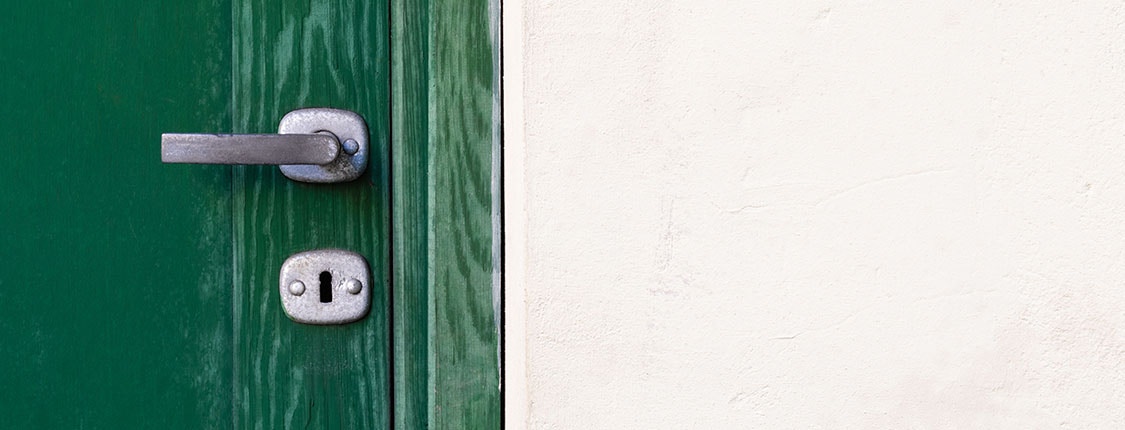One of the oldest and most important inventions we have is the lock. They keep our most valuable possessions safe and deter unwanted access. Locks have indeed come a long way and who knows where it will take us into the future. So let's take a quick history lesson on this invaluable device.
Locks of ancient empires
The wooden lock is where it all started. During the time of the Assyrians, nearly 4000-6000 years ago, they invented a simple and yet highly effective lock for its time. Made of wood, it was big and heavy and did exactly what it intended to do… to protect what’s inside. The foundations for locks were established.
However, being wood also became its weak point. Simple brute force is all it took to break the seal and for thieves to take their loot. This is where the Romans stepped in and took locks to the next level. They replaced wood with metal reinforce strength and protect against such brute force.

As these locks took off, the Romans began to further showcase their talent through creating intricately designed keys. These keys were portable and became a symbol of wealth and status amongst their peers.
During the Medieval European era, the locking mechanisms didn’t change but the designs became more ornamental and decorative. These designs would reflect in later locks.
The Industrial Revolution
The 18th Century saw the rise of inventions in many industries across the developed world. And locks were no exception.
It was John Wilkes that created the first modern detector lock, where residents are able to keep track of how many times the spring was bolted. For example, if you arrived home and saw the dial at 101 instead of 100, you will know if someone has been to your home.
Robert Baron then invented the Level Tumbler lock in 1778. As the name suggests, the lock mechanism now demands a tumbler to be lifted in order for the bolt to move. In 1784, Joseph Bramah improved on this by producing the first known commercially produced lock.
1818’s Jeremiah Chubb improved on the Level Tumbler model by adding four levers and creating a security feature that stops the lock mechanism when the wrong key is used. In 1865, Linus Yale Jr. innovated locks by placing them insider doors themselves. This would effectively shorten keys as we no longer need to reach a bolt mechanism on the other side of the door.

The beginning of keyless
During the last few decades, keyless entry has taken off. Keyless entry brought with it, convenience, making it highly attractive for many workplaces. Think PIN and RFID cards. This removed the need to carry keys around and made managing access simple. Whilst many workplaces have continued with this form of keyless entry, technology innovation has since vastly improved to include the likes of biometric, Bluetooth and much more.

Welcome to the Smart age
Smart technology is in so many aspects of our day to day lives. This is all thanks to smartphones and smart speakers. So, it’s no surprise that this form of technology has found its way into locks. By upgrading to digital smart locks, it allows consumers to create a truly connected smart home for security. Smart locks allow for an array of keyless access and come fully equipped with features like tamper alarms, instant notifications, entry logs and a host of other great security requirements that our busy lives need to protect the things we love.
What’s next?
In the not too far future, gaining entry to our homes will be easier and more protected than ever, with facial recognition and retinal scanners. Secure Your World is excited to see what is to come! What do you see the future of home security looking like?



